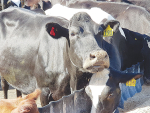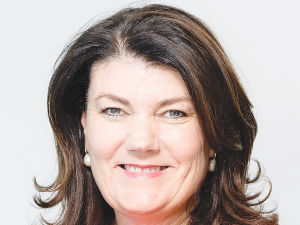The traditional method to approach lameness involves corrective trimming of the affected area.
For moderate to severe cases, applying a hoof block to the opposite claw is common practice. Strangely, though, the use of pain relief is often overlooked, even though lameness is undeniably a painful issue for cows.
Lameness ranks among the most agonising conditions experienced by dairy cows. You can easily spot a lame cow as it limps down the track, experiences an immediate drop in milk production, rapidly loses body condition, and faces fertility issues.
The primary goal should be to accelerate the recovery of these cows, enabling them to return to normal and regain their productivity.
Doing so not only benefits the farm but also minimises the welfare concerns for these cows.
A recent study shows the effectiveness of different treatments for lame cows. This study showed a drastic improvement of cure rates when adding pain relief on top of the standard treatments. Newly lame cows were given one of four different treatment regimes, they were then assessed to identify their cure* rates 35 days post the initial treatment.
The following cure rates were observed: corrective trim only (25%), corrective trim + hoof block (36%), corrective trim + 3 days of pain relief (29%), corrective trim + hoof block + 3 days of pain relief (56%).
This shows the most successful treatment by a large margin is adding a hoof block and three days of pain relief on top of corrective trimming.
And compared to corrective trimming alone, it more than doubles the cure rate.
When the treatment period shortens the cow will improve their productivity, condition and fertility faster, and be more profitable in the long run. This is particularly important with lame cows early in the season or during mating.
And as consumer awareness regarding the production of dairy products continues to grow, including pain relief into lameness management not only enhances cow welfare but also aligns with the ethical standards expected by consumers.
To incorporate pain relief into your farm practices, begin by consulting your veterinarian for guidance on selecting the most appropriate pain relief options for your cows and to aid in decision-making for your team. Ensure that your team members receive thorough training in pain relief administration, understand when and how to use it, and can proficiently identify signs of lameness in cows.
Next time when treating lame cows consider using some pain relief to get better and faster cure rates, this is going to become the normal treatment regime over time. Have a yarn to your vet about which type of pain relief is best for your farm systems.
Samantha Tennent is general manager of WelFarm.











